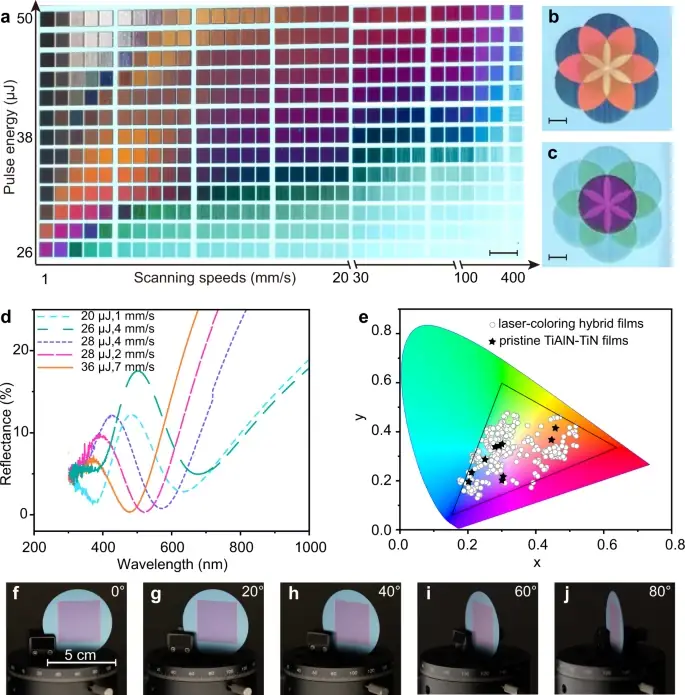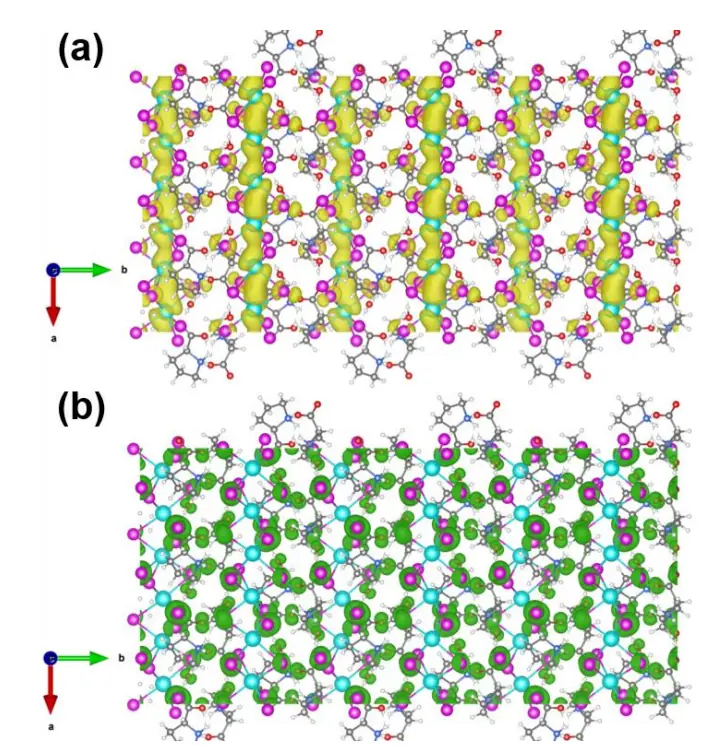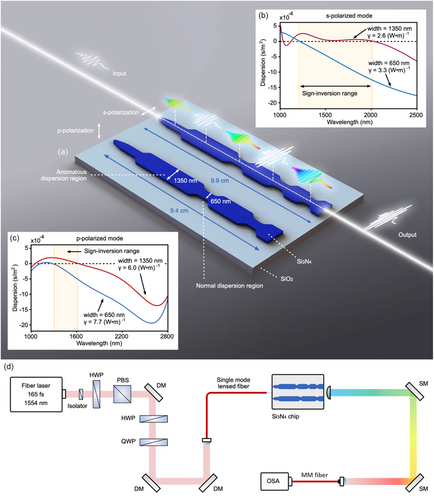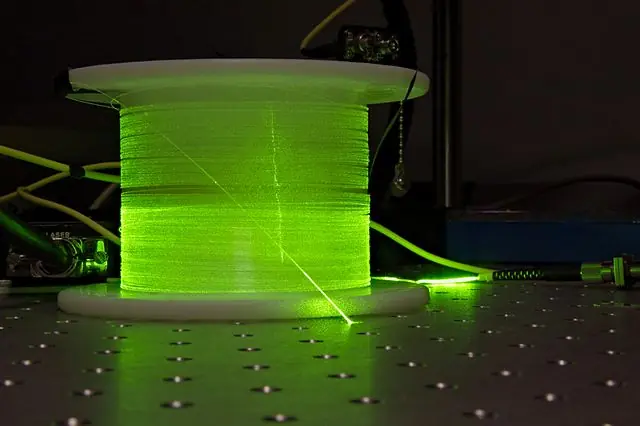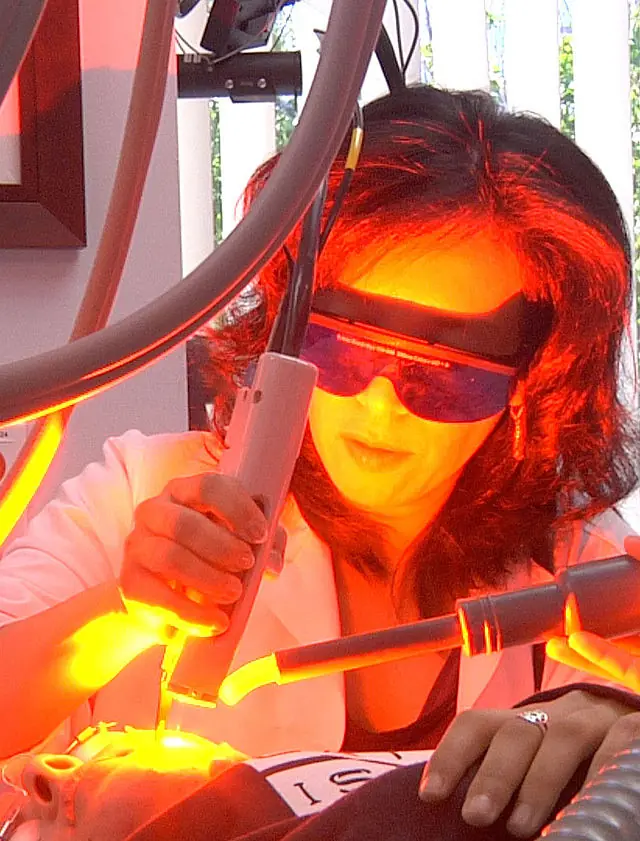Revolutionizing Fiber Laser Technology: Monolithic Silica Fiber Laser at 585 nm
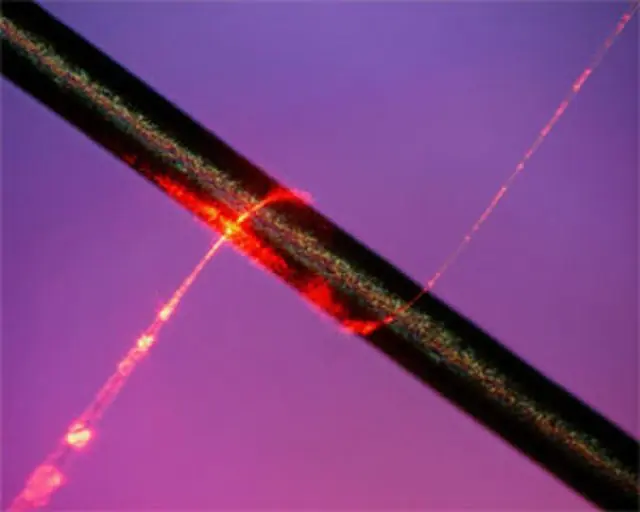
A monolithic silica fiber laser operating at 585 nm has been developed and is being reported for the first time. This laser is unique because it is based on a dysprosium-doped aluminosilicate fiber and is bounded by a pair of fiber Bragg gratings. The laser operates at a frequency of 585 nm, which is in the visible spectrum.
The laser has achieved a record output power of 147 mW, which is a significant accomplishment. However, operating the laser also has some challenges. One of the problems that arise is photodarkening, which is caused by the pump irradiation. Photodarkening occurs when the laser absorbs light and becomes darker over time.
Despite this challenge, the researchers have been able to reduce the photoinduced absorption losses through a photobleaching process using visible light. Photobleaching is a process that reduces the amount of light absorbed by the laser, which in turn reduces the photodarkening. This process allowed the researchers to achieve a higher output power and improve the performance of the laser.
This development of a monolithic silica fiber laser operating at 585 nm is significant because it opens up new opportunities for the use of fiber lasers in various applications. Fiber lasers have traditionally been used in the near-infrared spectrum, but this new development shows that they can also be used in the visible spectrum.
This laser has the potential to be used in various applications, such as in medicine, where a laser operating in the visible spectrum would be particularly useful. It could also be used in scientific research and in industrial applications, where a high-power laser operating in the visible spectrum would be useful.
The development of this monolithic silica fiber laser is a result of ongoing research in the field of fiber lasers. Fiber lasers are a relatively new technology, but they have already shown great potential and have been used in various applications. This new development is expected to further advance the field of fiber lasers and lead to even more exciting innovations in the future.
In conclusion, the development of a monolithic silica fiber laser operating at 585 nm is a significant accomplishment. This laser has the potential to be used in various applications, including medicine, scientific research, and industry. This development is expected to further advance the field of fiber lasers and lead to even more exciting innovations in the future.

